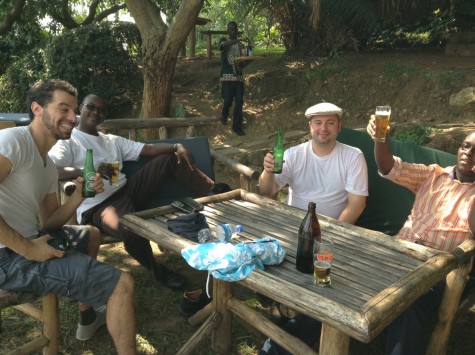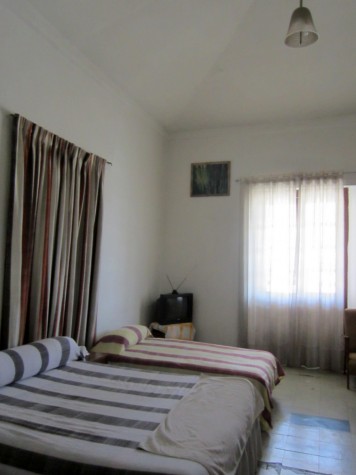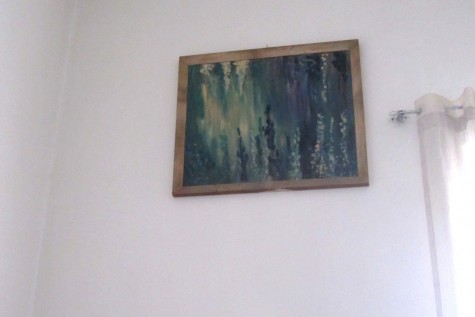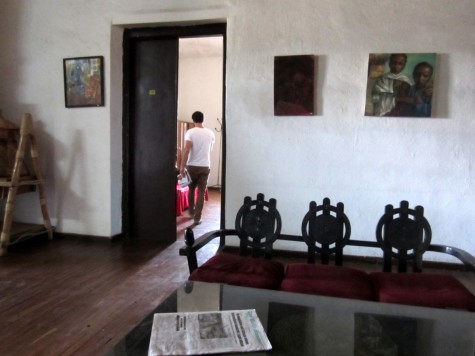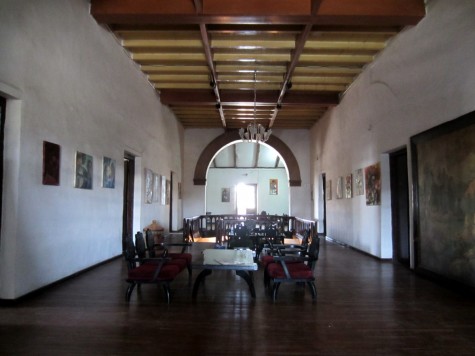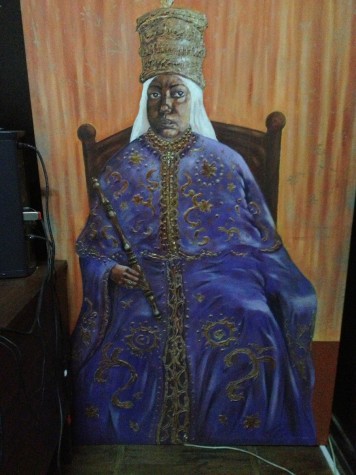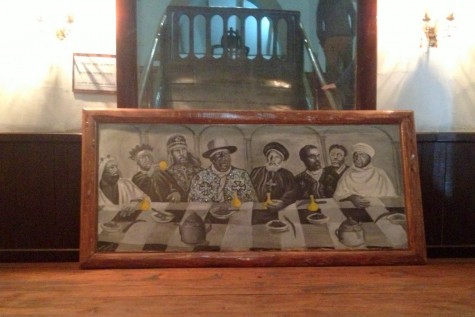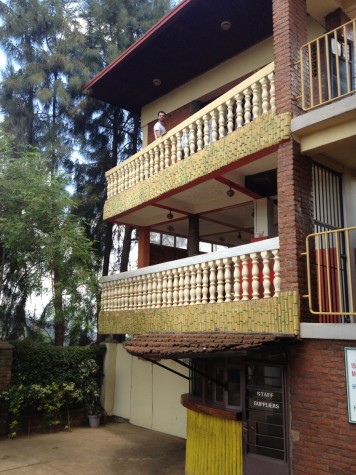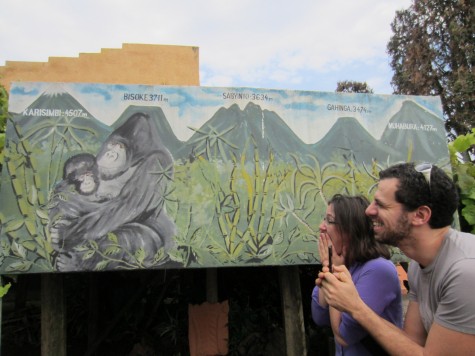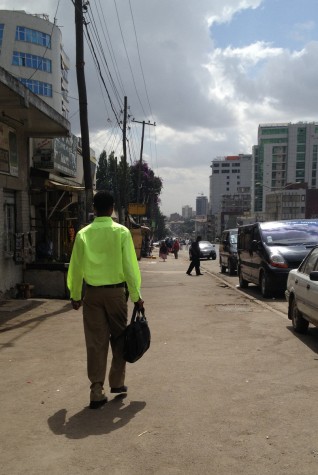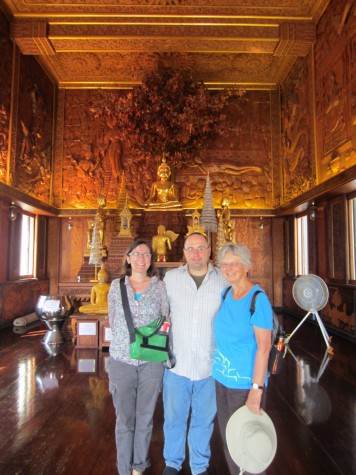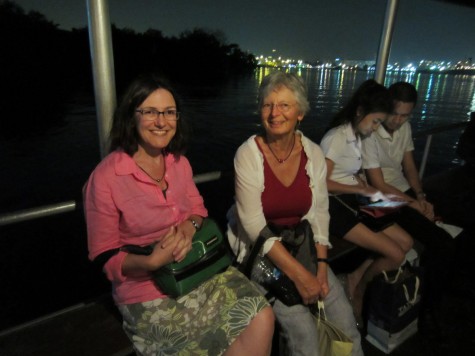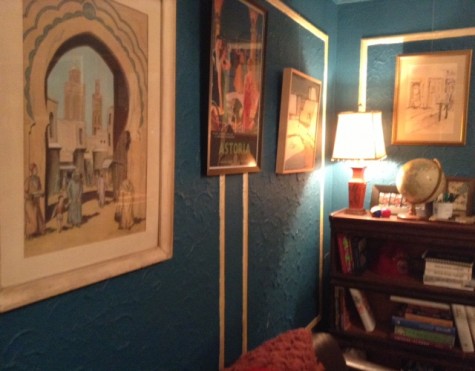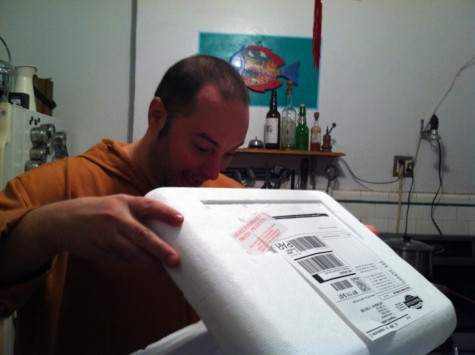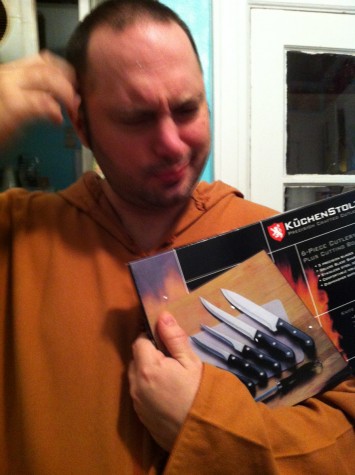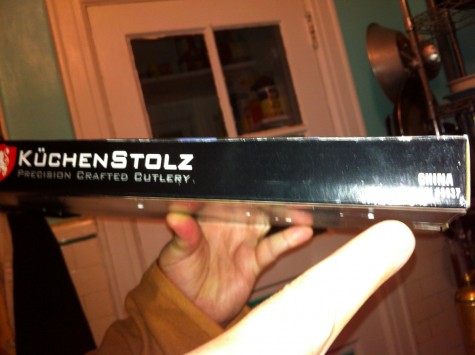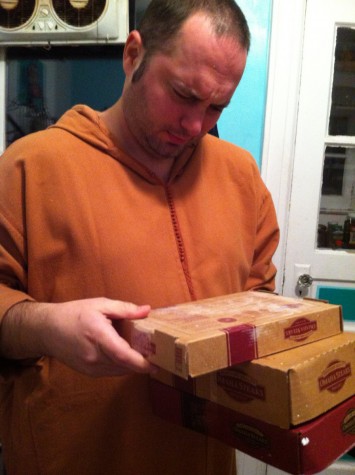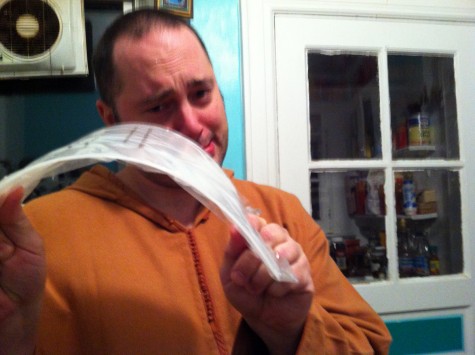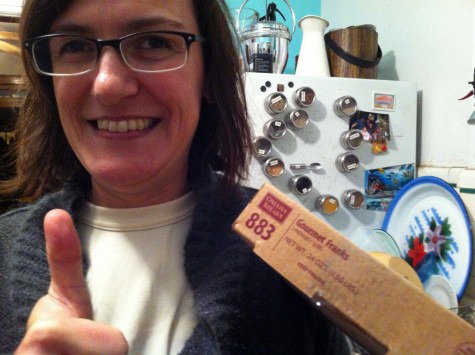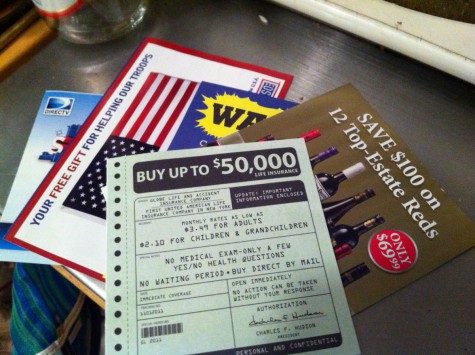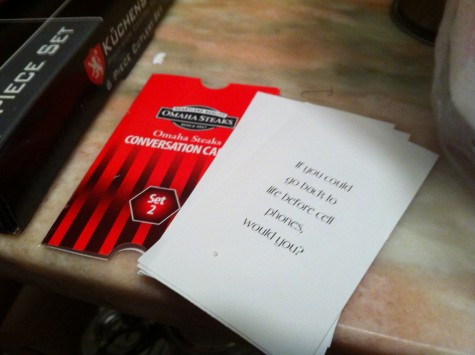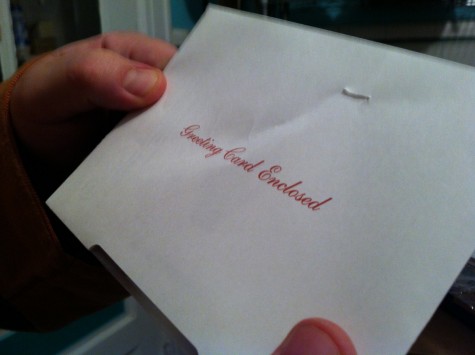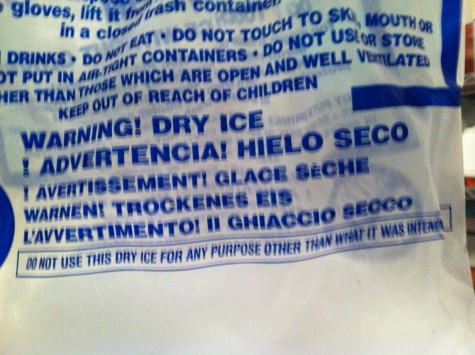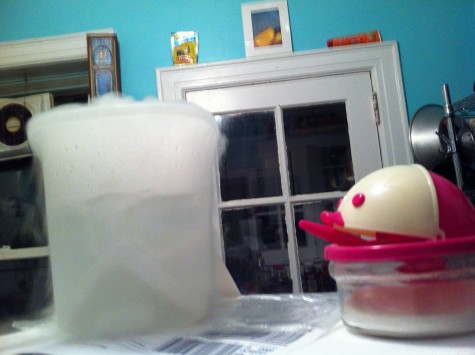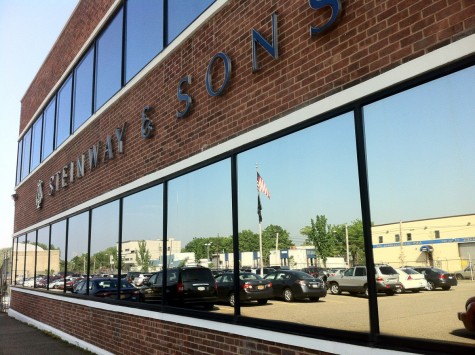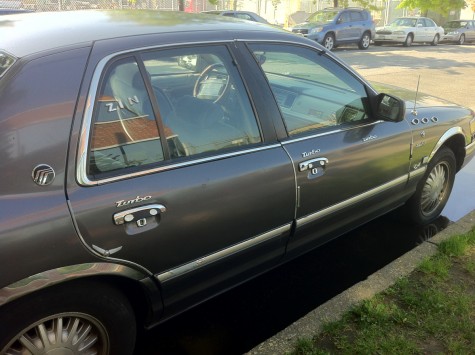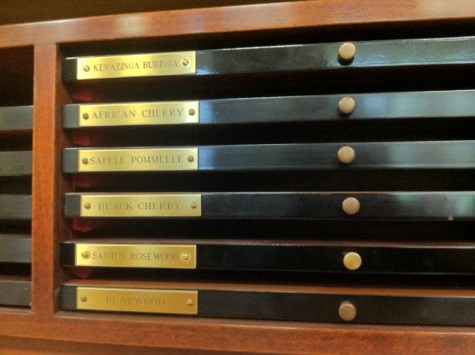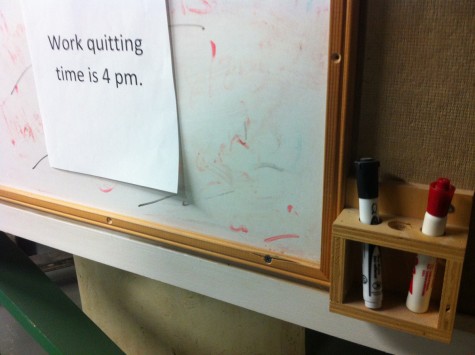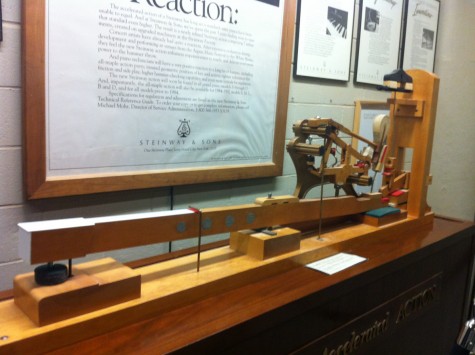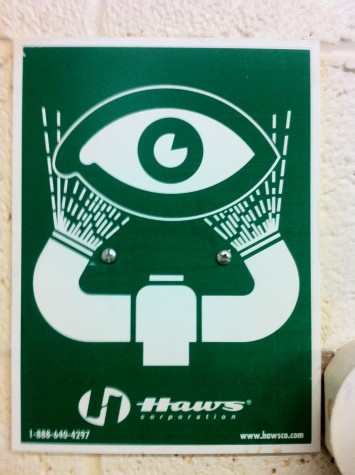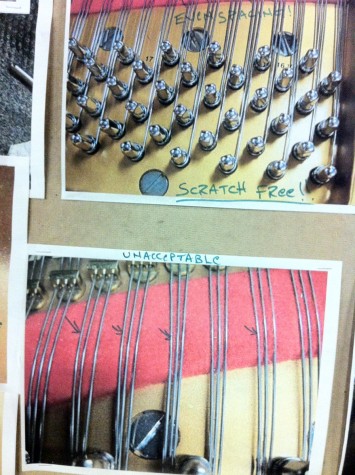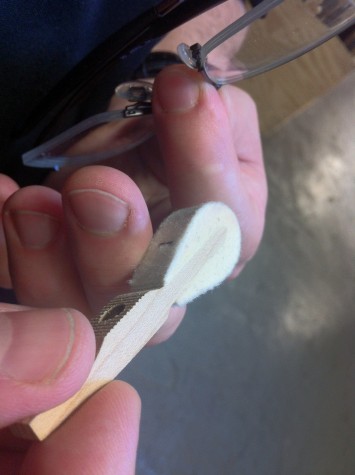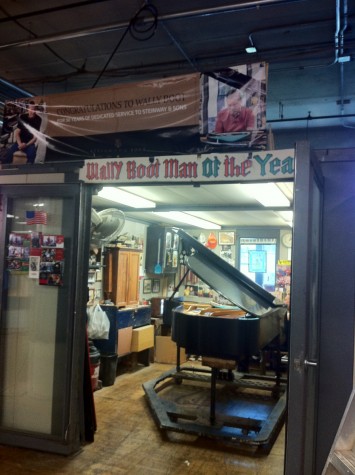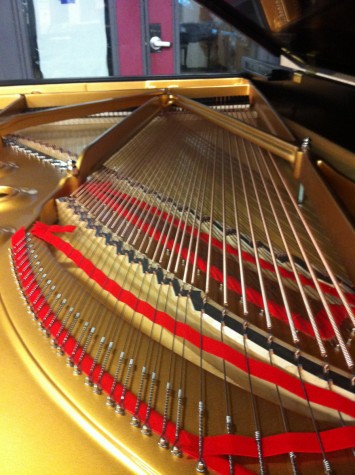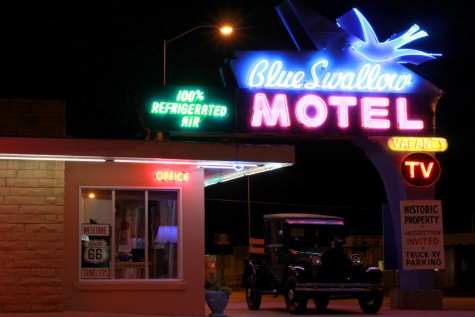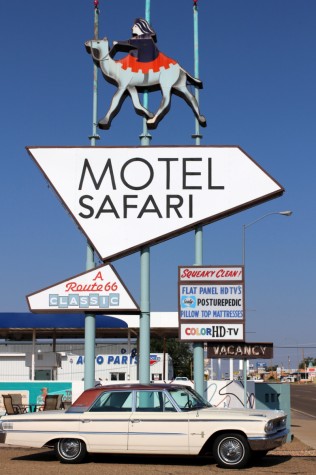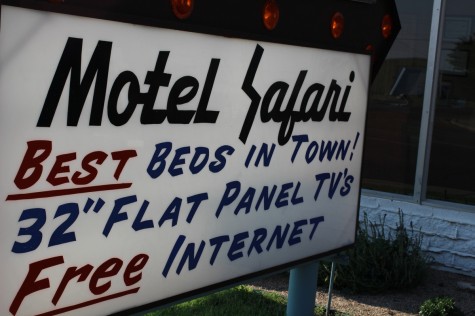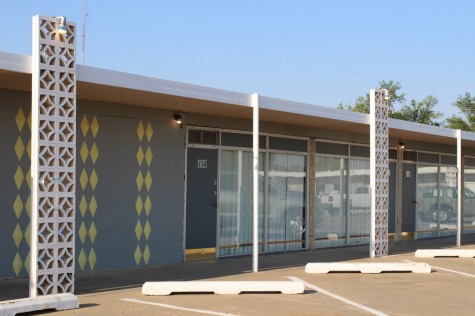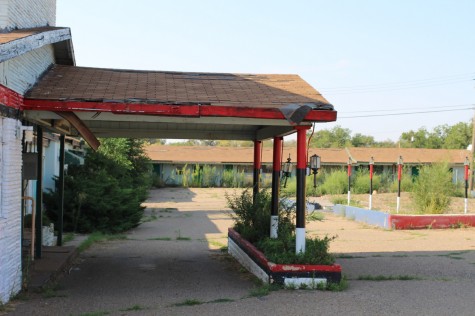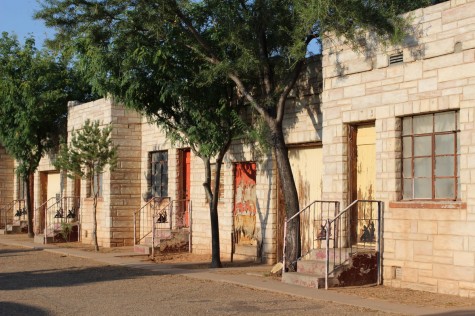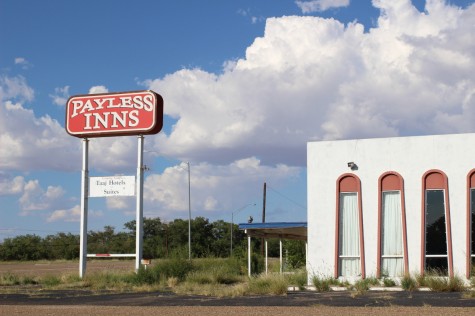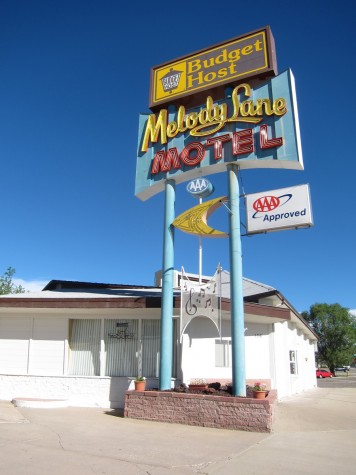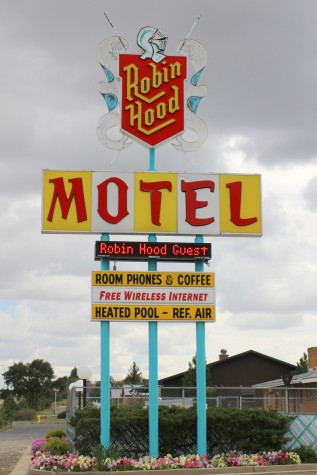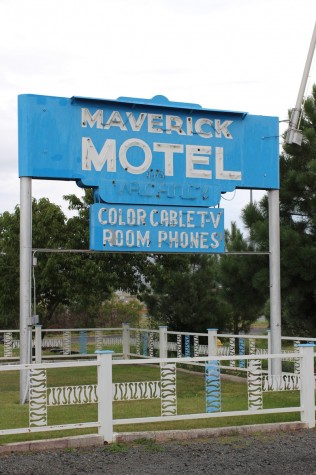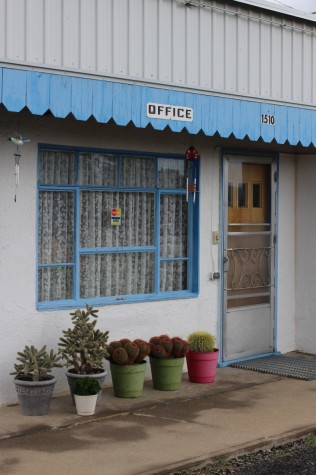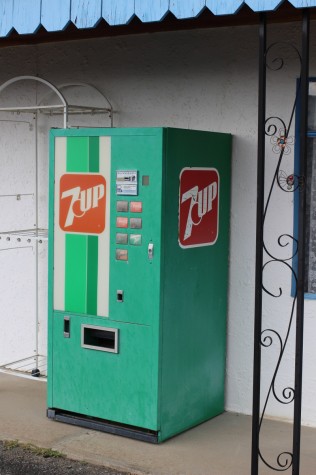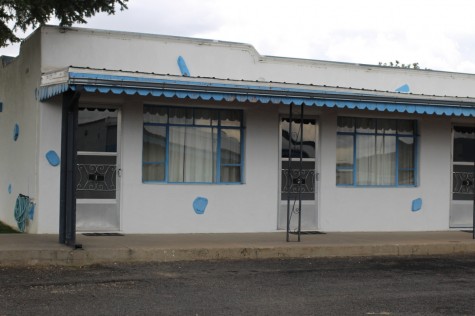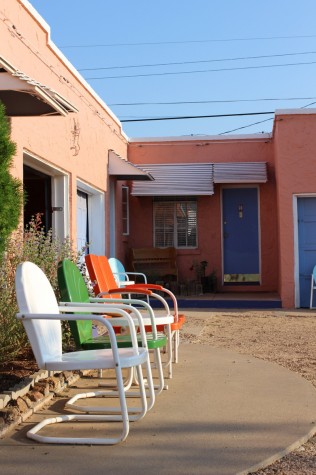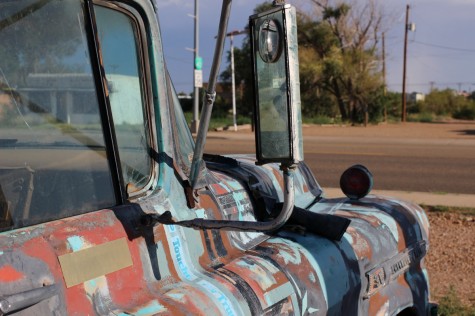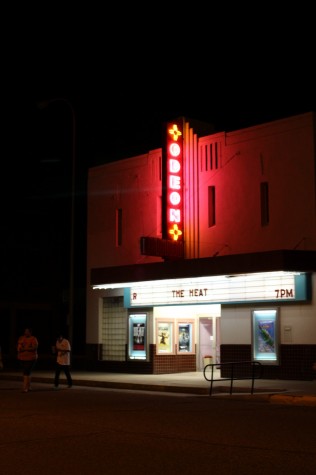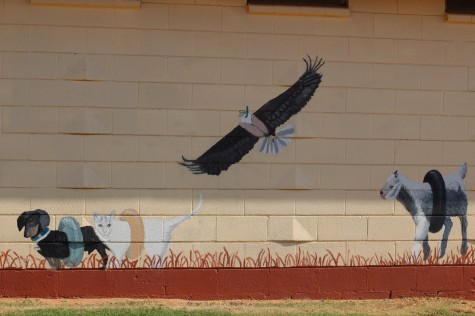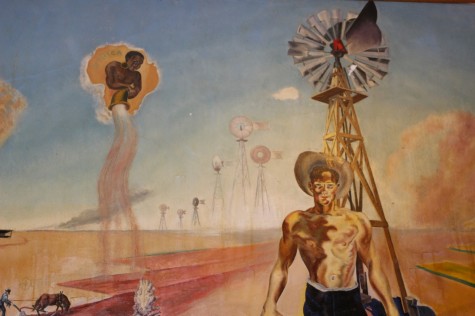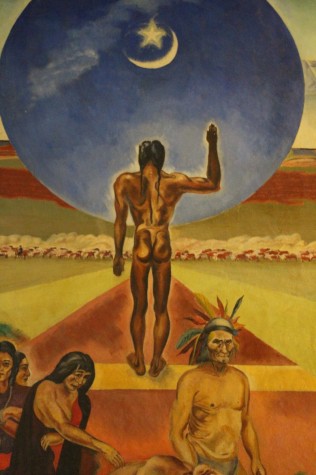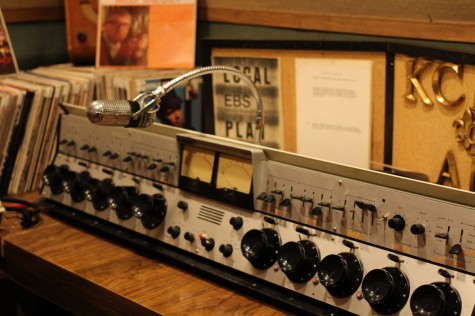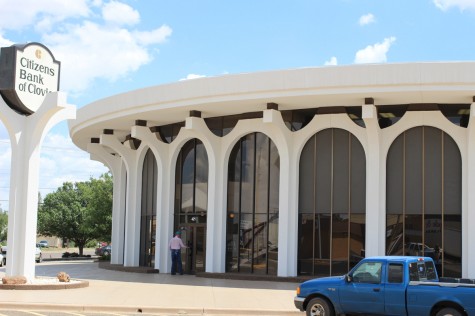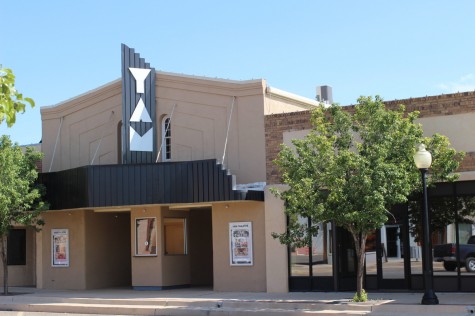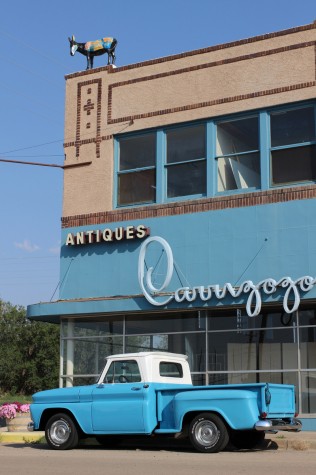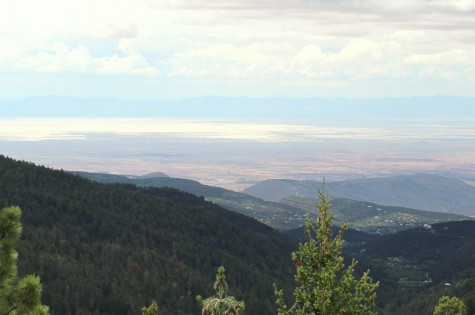So this post is mostly a photo dump, just to let you know what it looks like. Which I didn’t really know. I mean, yes: green, hills, etc.
But then, of course, that’s all overlaid with mental images from the genocide in 1994. What does Rwanda look like now that it’s East Africa’s rising star? Now that the economy is booming and everyone’s praising the place for its potential and verve (and American-friendliness)?
In short, what does an African country look like when it’s not in the news, for some disaster or other?
Well, first of all, Rwanda looks clean. Like, the cleanest place I’ve ever been. Cleaner than Scandinavia.
They have a ban on plastic bags. They take them away from you at the airport!
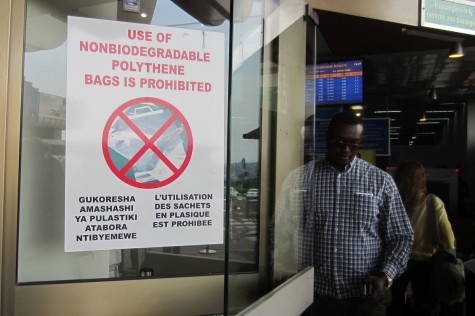
There’s also a monthly community-service day whern everyone picks up litter. Eric, in the photo above, is a police officer who was off-duty when he was driving us around–and only went “on” once, when someone on a bus threw a plastic bottle out the window. (Not that he was ignoring other things–Rwanda has a very low crime rate.)
This is Kigali’s downtown skyline.
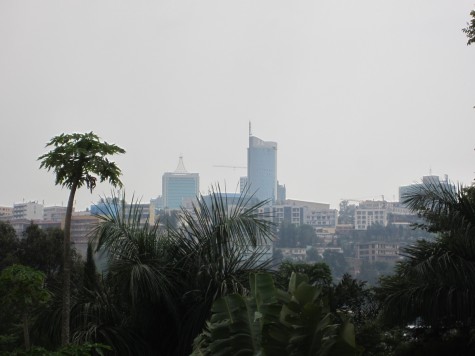
The city is very hilly and very green.
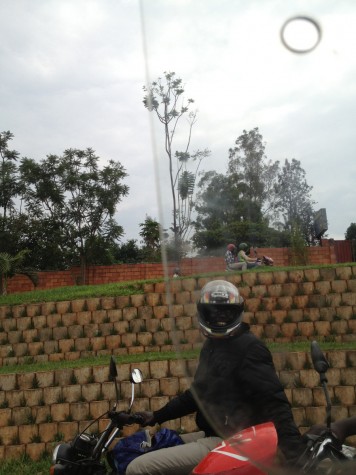
The roads all curve and loop around, so we pretty much never managed to orient ourselves. “This is where we saw the guy with the mattresses, right?” I said at one point.
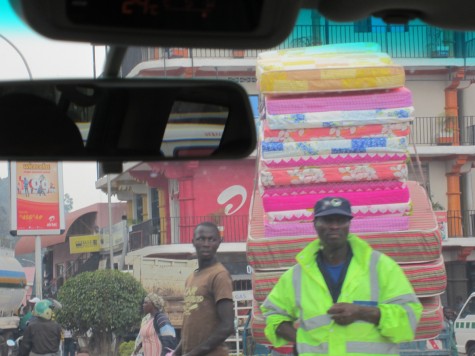
Eric was fantastic, because he understood immediately what we did and didn’t want to see. That is, after we explained what “fancy” meant, and how we didn’t like it. So he took us to what he called “a typical East African bar.”
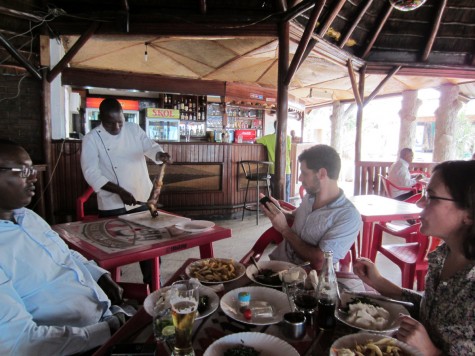
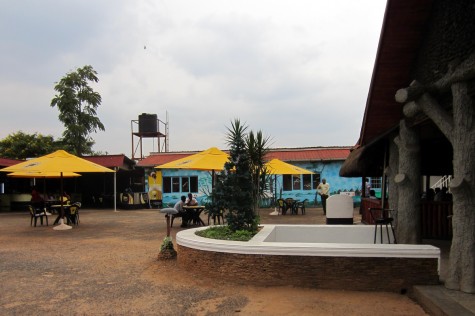
I wouldn’t have even thought that was a category of bar, but I’m glad I know now. Car Wash Grill & Sports Bar, Kigali. Make a note of it.
We drove out of the city on a couple of trips. There are a lot of people walking.
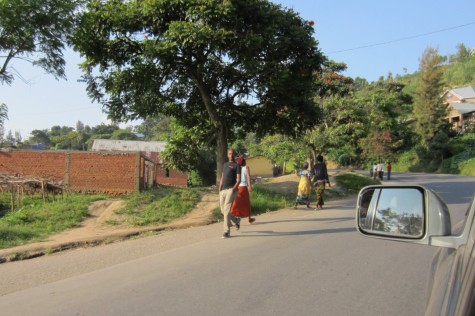
But the roads are built with extra-wide shoulders, so people have a place to walk–good planning.
Houses are tidy, with new metal roofs or older tile ones. No one lives in a grass hut anymore, said our host, Rogers. “But they can have them for leisure,” he said.
There isn’t indoor plumbing everywhere, but the government is installing public water points all the time. Every restaurant we went to had a hand-washing station.
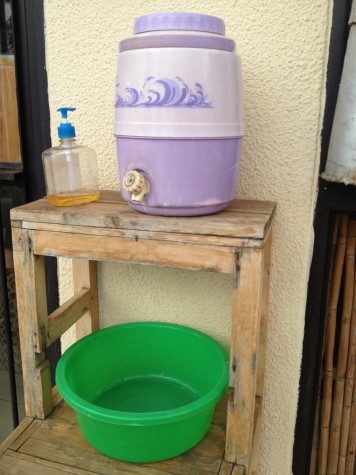
That was good, because we ate a lot. I think I might’ve spent the entire week with a piece of goat meat wedged between two molars. But it was so good, I didn’t care.
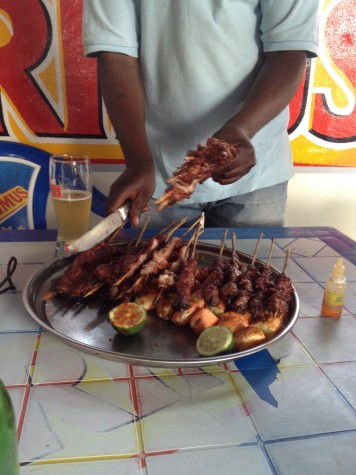
That’s Chez Ramadhan, in Nyanza, the town where the old royal palace is. Make a note of it.
Passion fruit was in season. We had it for breakfast every morning!
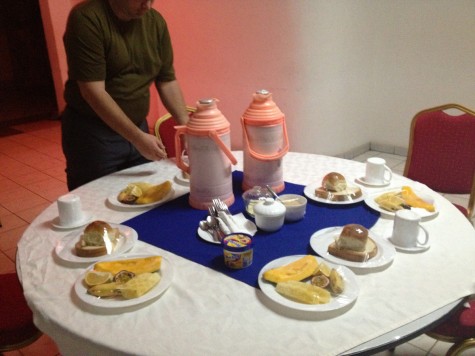
Tree tomatoes were also in season. That’s one of those fruits I’ve seen in the frozen-pulp-bricks-from-Colombia format in our grocery store, but never really understood. But it’s simple–they’re tomatoey, and they grow on trees. Not bad. But can’t compete with passion fruit.
We had some killer ice cream. As we walked up, a guy was toting a fresh can of milk into the shop. It came from a soft-serve machine, but it tasted like the barnyard, in the best way.
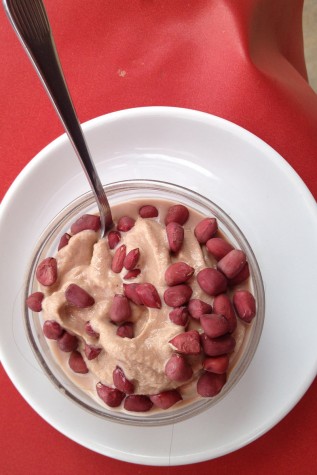
Speaking of the barnyard: We saw the Ankole cattle at the old royal palace. They are not kidding around.
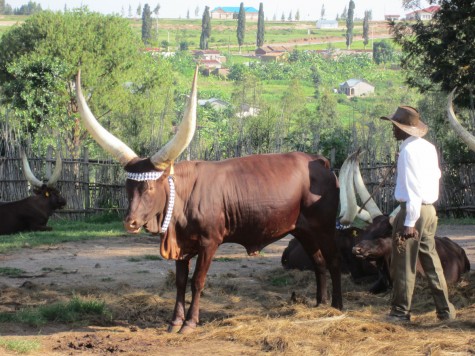
Wikipedia tells me cattle domestication started in the fertile crescent, then spread to Africa. From the way this particular cow was still being tended, I certainly would’ve thought Africa was the original land of milk. There’s lots of locally made cheese and yogurt and other dairy products.
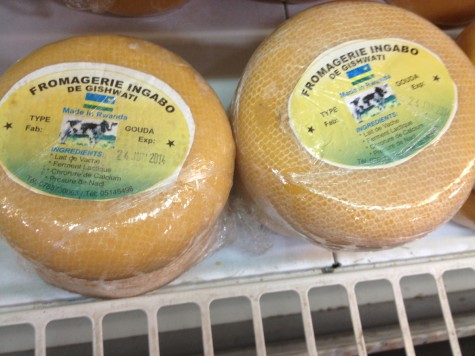
The food in Rwanda was simple, but so good and fresh, it started to make me a little nervous. Like, you know it can only go downhill from here. There are so many NGOs crawling over this country, and you know American ag dudes are hustling their boring-tasting, unsuitable stuff there.
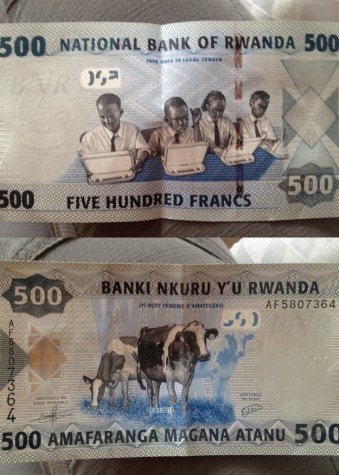
That’s all very nice, I can tell you’re thinking, but, but…what about the genocide?!
I know. It’s strange. It was only twenty years ago. It hasn’t been swept under the rug at all–there’s a museum and a memorial in Kigali, and a thousand other memorials around the country. Trials are ongoing. It’s a serious topic, but not hush-hush. The people we were with talked about it voluntarily (though their families were genocidees, not -ers, and they had served in the army that ended the genocide, which is an empowering position from which to look at history).
After being in the weird tension of Beirut, where everyone pretends the past is done with yet sharpens their knives at night, Rwanda was a flat-out relief. Even inspiring.
Yet, it still alarmed me to see this:
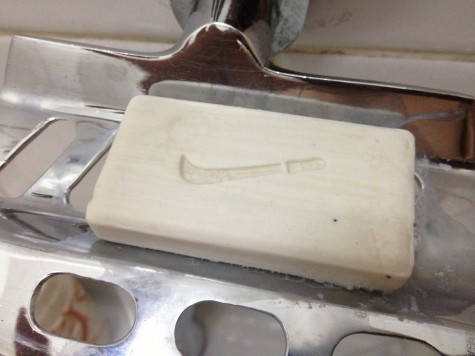
That Rwandese can, presumably, look at that bar of soap without flinching is still a little boggling to me. But I have lived through so little, and pretty much everyone in that country over the age of twenty has lived through too much.
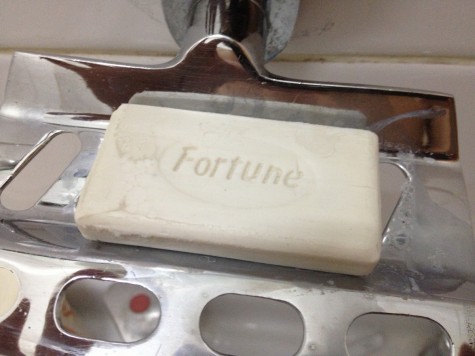
And though it remains to be seen whether there will be a peaceful transfer of power after Kagame, for now I have to give him credit, because Rwanda looks great.
